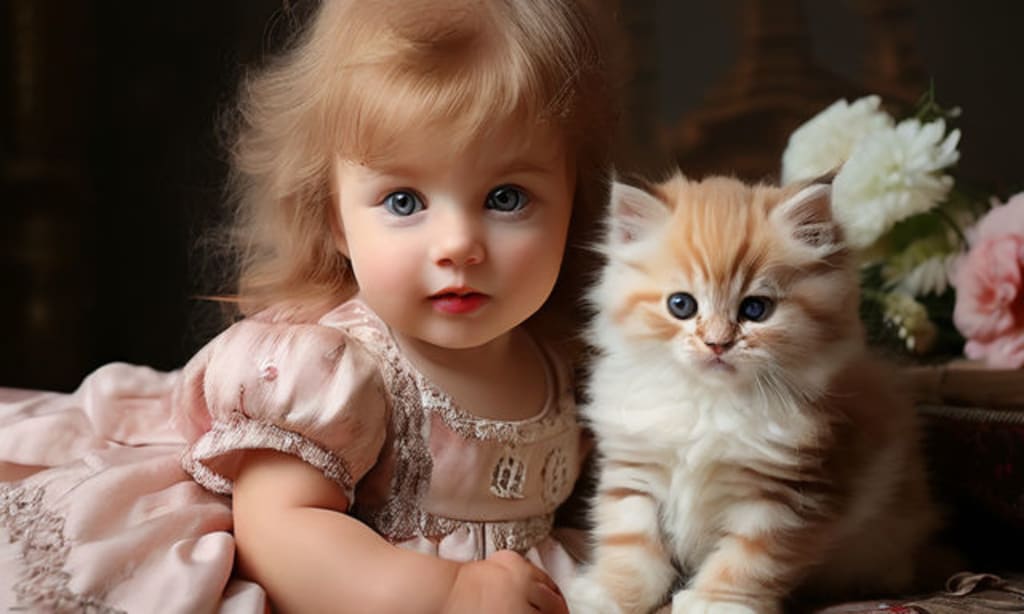
Among the many mysteries surrounding our feline friends, one of the most intriguing is the phenomenon of purring. Cats are famous for their soothing and melodic purrs, but the reasons behind this behavior remain elusive.
Purring is a behavior that begins early in a cat's life. Kittens are known to purr while nursing from their mother, creating a comforting and reassuring sound that signals contentment and security. As cats grow older, purring becomes a multifaceted behavior that serves a variety of purposes throughout their lives.
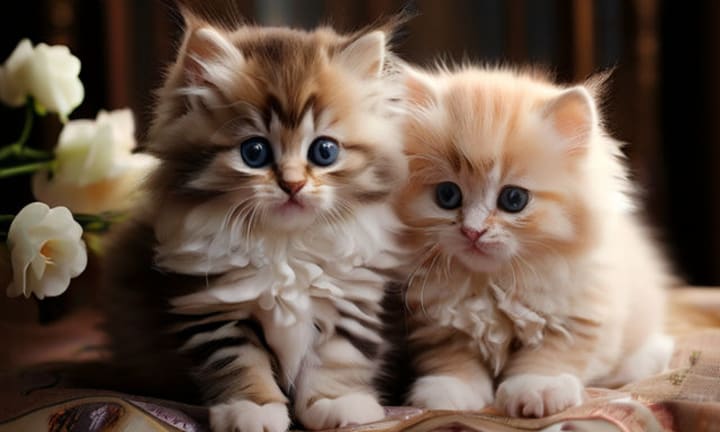
One of the most widely accepted theories regarding cat purring is that it is a sign of contentment and relaxation. When a cat is feeling happy and at ease, it may purr as a way to express its emotional state and communicate its satisfaction with its surroundings. This theory is supported by observations of cats purring while they are resting, receiving affection from their owners, or in the presence of familiar companions.
In addition to signaling contentment, purring may also serve as a form of self-soothing for cats. Studies have shown that the frequency of a cat's purr falls within the range that has been shown to promote healing and reduce stress in humans. It is believed that the vibrations produced by purring have a calming effect on both the cat and those around it, helping to reduce anxiety and promote relaxation.
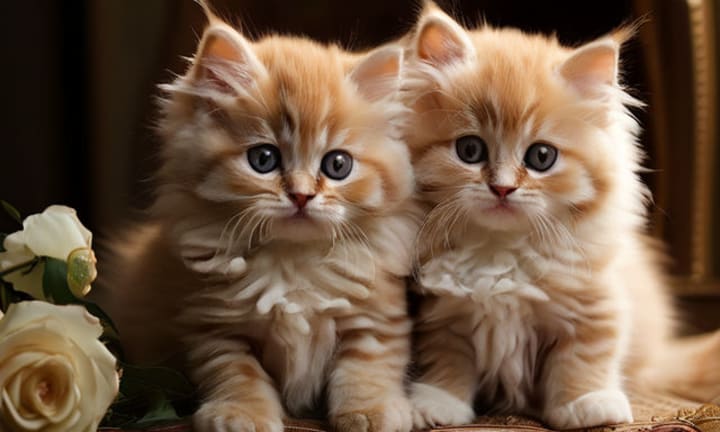
Another theory suggests that purring serves as a form of communication between cats and their human companions. Cats may purr as a way to solicit attention, express affection, or signal their desire for companionship. This theory is supported by observations of cats purring in the presence of their owners, often while seeking affection or attention.
Some researchers believe that purring may have originated as a survival mechanism to help cats communicate with their mothers and littermates. Kittens are born blind and deaf, making it difficult for them to communicate with their mother through vocalizations alone. Purring may have evolved as a way for kittens to communicate their presence and needs to their mother, allowing them to stay close and receive the care and attention they require for survival.
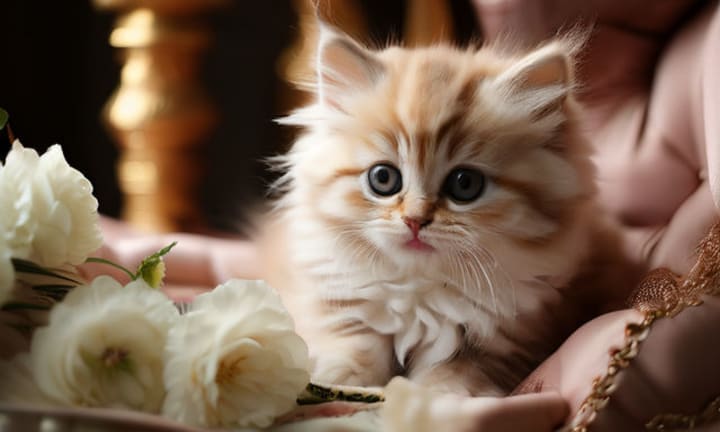
Cats' ability to purr in moments of pain or stress presents a paradoxical aspect of their behavior that has puzzled researchers and cat owners alike. While purring is often associated with relaxation and contentment, cats may also produce this soothing sound in times of distress or discomfort.
One prevailing theory suggests that cats may purr as a form of self-soothing when they are in pain or experiencing stress. The rhythmic vibrations produced by purring have been found to have a calming effect on both cats and humans, potentially helping to alleviate feelings of anxiety or discomfort. In this way, purring may serve as a coping mechanism for cats, allowing them to manage their emotional state and find comfort in challenging situations.
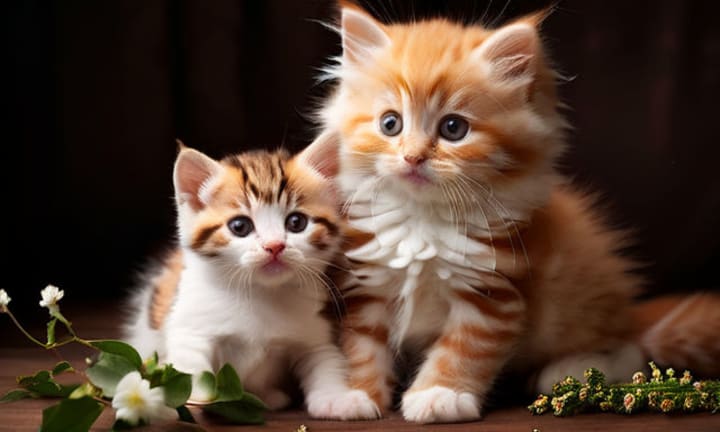
Furthermore, purring may also have an adaptive function in times of distress. Research has shown that the frequency of a cat's purr falls within a range that has been associated with accelerated healing and reduced pain perception in both cats and humans. By purring when they are in pain or distress, cats may be instinctively activating a natural mechanism that helps them cope with adversity and promote healing.
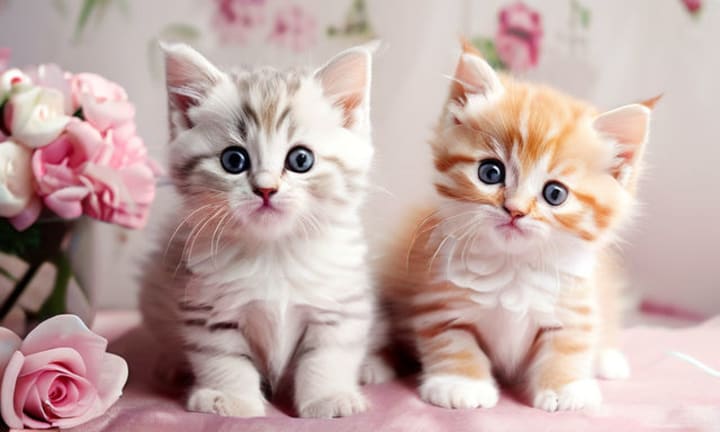
One prevailing theory suggests that purring serves as a form of communication between cats and their human caregivers. Cats may purr to express contentment, seek attention, or even indicate pain or discomfort. This multifaceted communication tool allows cats to convey their emotional states and needs in a subtle yet effective manner.
As we continue to unravel the mysteries behind cats' melodic vibrations, one thing remains clear: purring is not just a simple sound but a complex behavior with deep-rooted evolutionary significance. By delving deeper into the science and psychology behind cat purring, we can hope to gain a greater understanding of our feline friends and strengthen the bond we share with them.






Comments
There are no comments for this story
Be the first to respond and start the conversation.